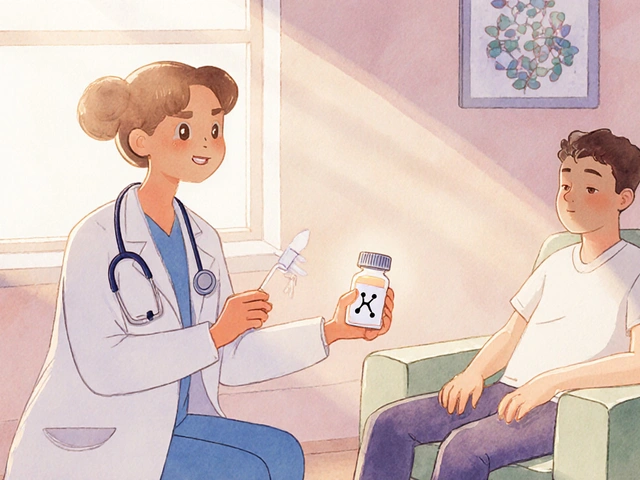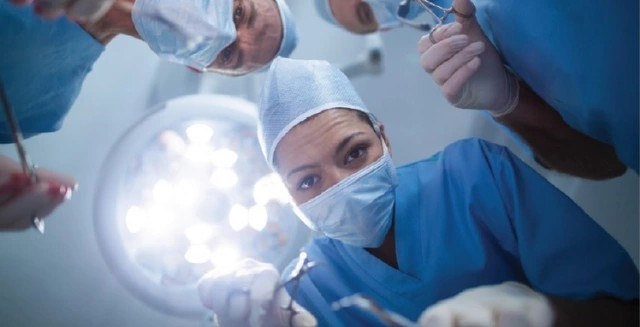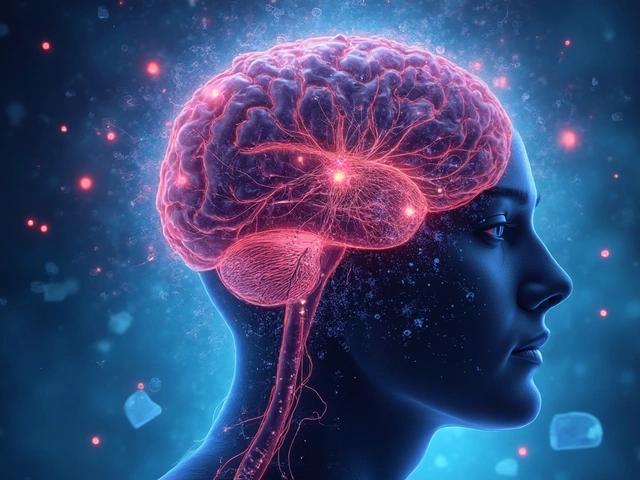Central Cranial Diabetes Insipidus: what it is and what to watch for
If you’re peeing huge amounts and always thirsty, the cause might be central cranial diabetes insipidus (DI) — not the sugar-related diabetes most people know. Central DI happens when the brain stops making enough antidiuretic hormone (ADH), so the kidneys dump water and you lose the ability to concentrate urine.
This condition can come on suddenly or slowly. It affects fluid balance, blood sodium, energy and sleep (yes, those middle-of-the-night bathroom trips matter).
Common causes and early signs
Central DI usually traces back to a problem with the pituitary gland or hypothalamus. Common causes include head injury, pituitary surgery, tumors near the pituitary, inflammatory or autoimmune disease, and sometimes infections. Sometimes doctors call it idiopathic when they can’t find a cause.
Watch for: intense, unquenchable thirst; passing very large volumes of pale, watery urine (often several liters a day); waking at night to urinate; and dry mouth, fatigue or lightheadedness if you don’t replace fluids. In babies, look for poor weight gain and unusually wet diapers.
How it's diagnosed
Diagnosis starts with simple tests: a urine test to check how dilute it is and blood tests for sodium and osmolality. Low urine concentration plus high blood sodium or high serum osmolality raises suspicion.
Two tests your doctor may order are a water-deprivation test (to see whether urine concentrates when you stop drinking) and a desmopressin (DDAVP) trial. If urine concentrates after desmopressin, that points to central DI. An MRI of the brain is often done to check the pituitary and surrounding structures.
Treatment and daily tips
The main treatment is desmopressin, a synthetic form of ADH. It comes as a nasal spray, tablet or injection. The dose and route depend on severity and patient factors. Desmopressin helps reduce urine volume and ease thirst.
Simple day-to-day steps help manage DI: keep a daily fluid and urine log for a few days, weigh yourself regularly (rapid weight gain can signal fluid retention), and learn to adjust fluids around activity and weather. Check sodium if you start feeling confused, weak or have severe headache — those can be signs of sodium imbalance and need urgent care.
Tell every new healthcare provider you have central DI and carry a note about your desmopressin dose. If you have other conditions or take diuretics, discuss adjustments with your doctor. Pregnant people and infants need special monitoring and dosing.
If you notice sudden extreme thirst, very high urine output, fainting, or changes in thinking, call your clinician or go to the ER. With the right tests and treatment, most people with central cranial diabetes insipidus can control symptoms and stay active.
Georgea Michelle, Feb, 23 2025
Central Cranial Diabetes Insipidus: Impact on Dental Health and Hygiene Tips
People with central cranial diabetes insipidus often face unique challenges when it comes to dental health. The lack of saliva due to frequent urination and dehydration can lead to more cavities and gum problems. This article offers practical tips for maintaining oral hygiene, focuses on the importance of hydration, and suggests products that can help manage these dental challenges effectively.
View More





